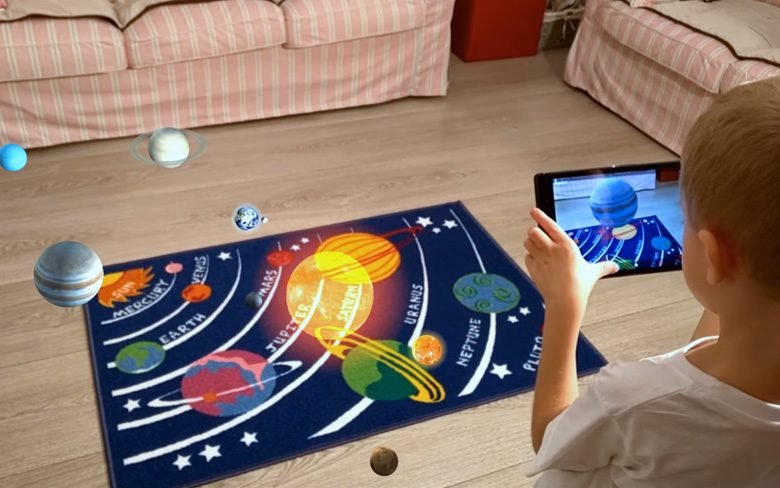If you’re asking, “What is another alternative to Google Classroom for teachers?”, you aren’t alone. While some educators even look at cross-industry solutions – take Alloy as an example – teachers need tools tailored to lesson planning, student engagement, and grading. Google Classroom has become a household name in many schools, yet it isn’t the only option. Whether you’re craving more flexibility, richer analytics, or integrations that feel like a Swiss Army knife for your pedagogy, exploring other platforms can breathe new life into your teaching practice.
Table of Contents
Is Google Classroom Falling Short for Your Classroom?
Have you ever felt like Google Classroom is a one-size-fits-all shirt that just doesn’t fit right? Maybe it’s simplicity is a double-edged sword: great for basic tasks, but limiting when you want to embed interactive content or run analytics on student progress. You might find yourself juggling multiple add-ons or begging students to download third-party apps just to cover gaps. If “juggling flaming torches” feels more like your day-to-day workflow, it’s a sign you deserve a platform designed for the full spectrum of classroom activities, not just assignment distribution and basic comments.

Discovering Robust Alternatives That Empower Teachers
What qualities matter most when you scout for a Google Classroom rival? Think engagement, adaptability, and analytics. A standout alternative should offer real-time collaboration, easy multimedia embedding, and a gradebook that practically writes reports for you. Imagine a dashboard where attendance data meets participation graphs, and you can send targeted feedback without slogging through spreadsheets. That’s the kind of empowerment that transforms you from a task manager into an instructional architect.
Here’s a quick look at some of the strongest contenders on the market today:
- Canvas – Loved for its intuitive interface and customizability.
- Schoology – Stands out with advanced analytics and parent portals.
- Microsoft Teams for Education – Seamlessly integrates with Office 365.
- Moodle – An open-source dream for tech-savvy educators.
- Edmodo – Feels like a social network built specifically for schools.
Key Features to Look for in a Classroom Platform
Every teacher’s wish list is unique, but certain features consistently rise to the top:
- Customization: Can you tailor assignments, rubrics, and dashboards to your syllabus?
- Communication: Does it support in-platform messaging, push notifications, or announcements?
- Multimedia Support: How easily can you embed videos, interactive quizzes, or live polls?
- Assessment Tools: Is there a built-in gradebook, analytics on question-by-question performance, and easy export?
- Integrations: Will it sync with your calendar, SIS, or third-party tools without friction?
When these components mesh like gears in a well-oiled machine, you’re left with more time teaching and less time troubleshooting.

Comparing Top Platforms Side by Side
Below is a comparison table of three leading alternatives, highlighting pricing, ease of use, and top integrations:
| Platform | Pricing | Ease of Use | Top Integrations |
| Canvas | Free & Paid Plans | High | Zoom, Google Drive, SIS |
| Schoology | Paid (Contact Sales) | Medium-High | Microsoft Office, Turnitin |
| Microsoft Teams | Included with M365 | High | OneNote, Outlook, Teams API |
This snapshot should help you weigh immediate costs against long-term benefits. Canvas’s free tier invites you to test the waters, while Teams may already be bundled into your school’s existing licenses.
Making the Switch: Steps for a Smooth Transition
Switching platforms can feel like steering a ship in a storm, but a clear plan can turn choppy waters into a calm cruise:
- Pilot with a Small Group: Start by rolling out the new tool with a single class or grade.
- Train and Document: Create short video tutorials or quick-start guides for students and parents.
- Migrate Content Early: Export assignments, rubrics, and media from Google Classroom well before your go-live date.
- Gather Feedback: Use surveys or a quick chat forum to capture hiccups and happy surprises.
- Iterate Quickly: Tweak settings, workflows, and integrations based on real-world usage.
By pacing your rollout and keeping the feedback loop tight, you can minimize friction and maximize buy-in from colleagues, students, and families.
Final Thoughts: Choosing the Right Classroom Companion

At the end of the day, the best alternative to Google Classroom for teachers isn’t necessarily the flashiest or the cheapest – it’s the one that aligns with your pedagogical goals and administrative realities. Are you seeking granular analytics to inform differentiated instruction? Or do you crave a dynamic, multimedia-rich environment that feels like a creative studio? The answer lies in matching platform capabilities with your vision for classroom excellence. So go ahead, dive into demos, pilot a few classes, and watch your teaching practice evolve from routine to remarkable.
Remember, the right platform can turn your classroom into a launchpad for curiosity, collaboration, and genuine learning – far beyond the basic assignment uploads that started the EdTech revolution.